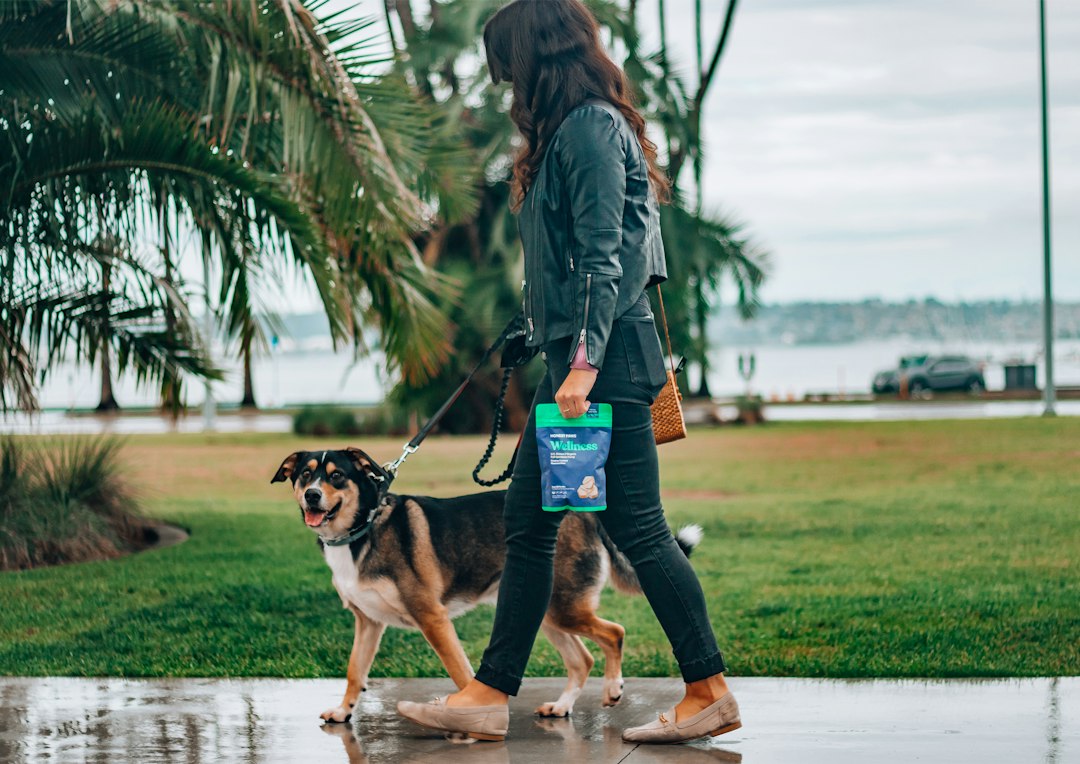Discover the numerous physical and mental health benefits of walking your dog, including weight management, cardiovascular health, joint health, reducing anxiety and depression, and enhancing social bonds.
Introduction to the Health Benefits of Dog Walking
Walking your dog is not just a routine task; it’s a powerful way to combat the rising obesity rates among Americans, with nearly 75% of the population being overweight. This simple activity offers a multitude of benefits for both the owners and their furry companions, striking a significant impact on physical and mental health. The importance of physical activity for overall well-being cannot be overstated, and dogs serve as committed exercise partners that motivate us to move.
Moreover, there’s an increasing recognition of the role pets play in promoting healthier lifestyles. The positive effects of human-animal interaction are well-documented, ranging from reducing stress to improving heart health. This dynamic underscores the dual benefits of dog walking, emphasizing its value beyond just a leisurely activity.
Physical Health Benefits for Dog Owners
Weight Management and Fitness
Dog owners who consistently walk their pets are more likely to meet the daily physical activity guidelinesrecommended by health experts. A moderate 30-minute walk can burn about 150 calories, which is a boon for weight control. Additionally, the American Heart Association has found that dog owners generally have lower blood pressureand cholesterol levels, attributing to a reduced risk of heart diseases.
Joint Health and Mobility
Walking is a weight-bearing exercise that not only helps in lubricating joints but also in strengthening them, thus reducing the risk of osteoarthritis. It can also improve bone density, which is crucial in battling against osteoporosis, especially in older adults. Walking on varied terrain enhances balance and coordination, contributing to better mobility and stability.
Cardiovascular Health
Dog owners exhibit higher levels of fitness and lower BMI compared to those without pets, as shown in research by the Journal of Physical Activity and Health. Engaging in regular walks with a dog can lead to a significant reduction, about 20-30%, in the risk of cardiovascular diseases. The American College of Sports Medicine recognizes dog walking as an effective exercise for heart health improvement.
Physical Health Benefits for Dogs
Weight Control and Digestive Health
Just like humans, overweight dogs face a higher risk of chronic conditions such as diabetes and joint problems. Regular walking helps in managing their weight and aids in regulating bowel movements, thus promoting optimal digestive health. Studies have indicated that obese dogs engaging in physical activities display improved insulin sensitivity and reduced inflammation markers.
Strengthening Muscles and Joints
Walking serves as a low-impact exercise that strengthens muscles, improves endurance, and maintains joint flexibility in dogs. Early introduction to walking helps puppies develop stronger bones and muscles, minimizing the risk of musculoskeletal issues later in life. For older dogs with arthritis, gentle and consistent walking routines offer relief from joint stiffness and pain.
Mental and Emotional Health Benefits
Reducing Anxiety and Depression
The act of walking triggers the release of neurotransmitters such as serotonin and dopamine, which promote feelings of relaxation and happiness. The structure provided by daily walks can significantly alleviate symptoms of anxiety and depression. Moreover, dogs act as emotional support systems, offering unconditional love and companionship, which is invaluable for individuals facing mental health challenges.
Enhancing Social Bonds
Dog walking naturally fosters connections with other pet owners, thus creating opportunities for social interaction and community engagement. The shared experiences during walks not only strengthen the human-animal relationship but also lead to increased trust, loyalty, and mutual understanding. This bonding experience is crucial for emotional health and well-being.
Tips for Effective Dog Walking
 Establishing a Routine
Establishing a Routine
Starting with short walks and gradually increasing the duration and intensity helps in building stamina and endurance. Incorporating mental stimulation activities like scent games during walks keeps dogs engaged and prevents boredom. Balanced training techniques and rewards during walks make the experience enjoyable for both parties, reinforcing desired behaviors and guidance on unwanted behaviors.
Making Walks Enjoyable
Varying the walking route and exploring new environments prevent monotony and encourage curiosity in dogs. Interactive toys can be incorporated into walks for additional physical and mental stimulation. Off-leash play sessions in designated areas allow dogs to socialize and interact freely with other pets, promoting their mental well-being.
The Role of Professional Dog Training in Enhancing Walking Experience
Professional training, like the services offered by Off Leash K9 Training of El Paso, TX, can significantly improve leash manners and walking etiquette. Their team of experienced trainers uses positive reinforcement methods to ensure 100% obedience, off-leash reliability, and distraction-proof behavior in dogs of all ages and breeds. This not only improves the walking experience but also strengthens the bond between pets and their owners, fostering a harmonious routine.
Conclusion: Maximizing the Benefits of Dog Walking
Incorporating regular dog walks into daily routines offers a holistic lifestyle choice that benefits the physical, mental, and emotional health of both dogs and their owners. This therapeutic practice encourages individuals to prioritize the well-being of their pets and themselves. For those seeking professional guidance to enhance their dog walking experiences, Off Leash K9 Training of El Paso, TX provides customized training programs that cater to the unique needs of each dog and owner.




 Establishing a Routine
Establishing a Routine